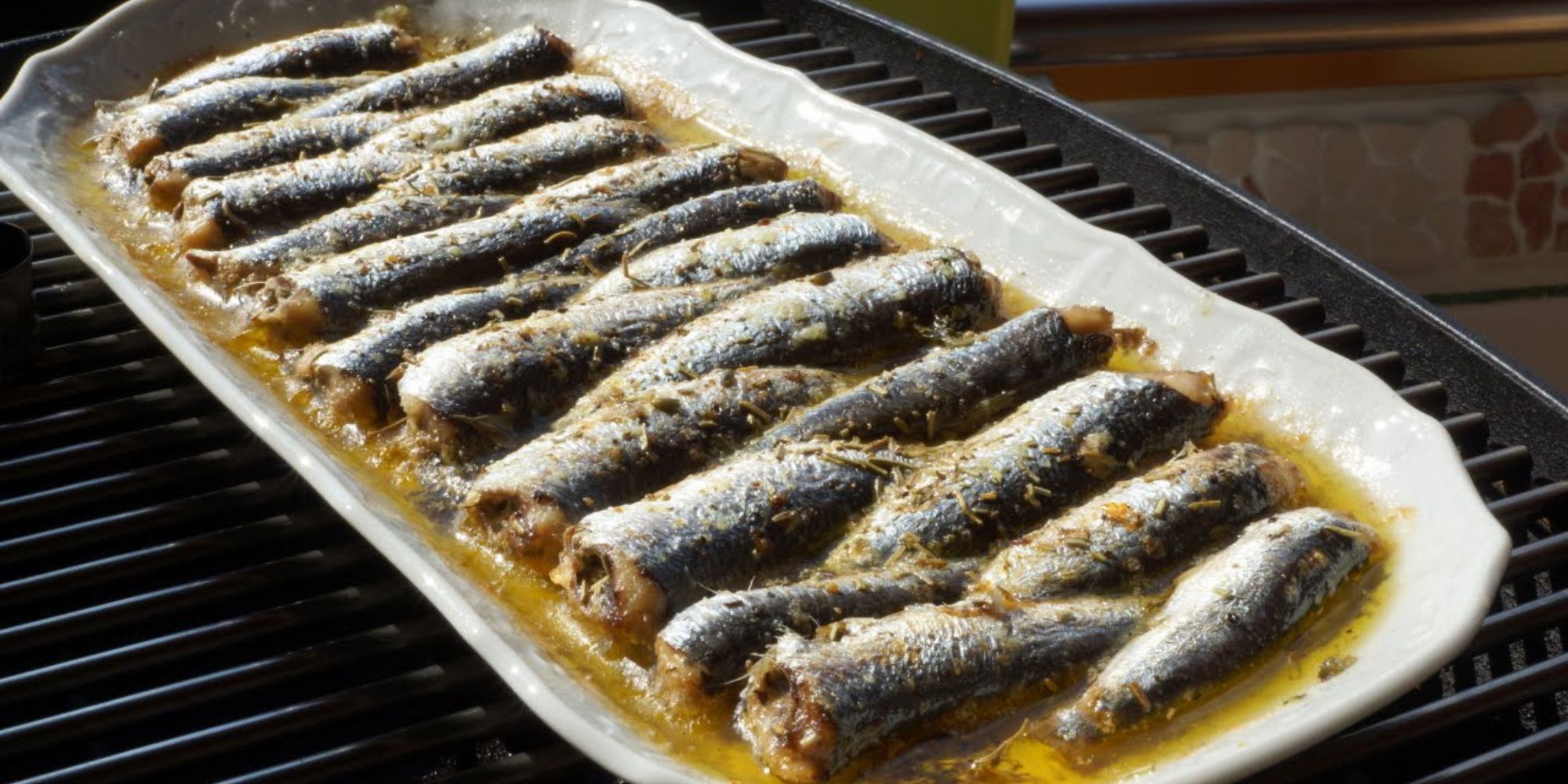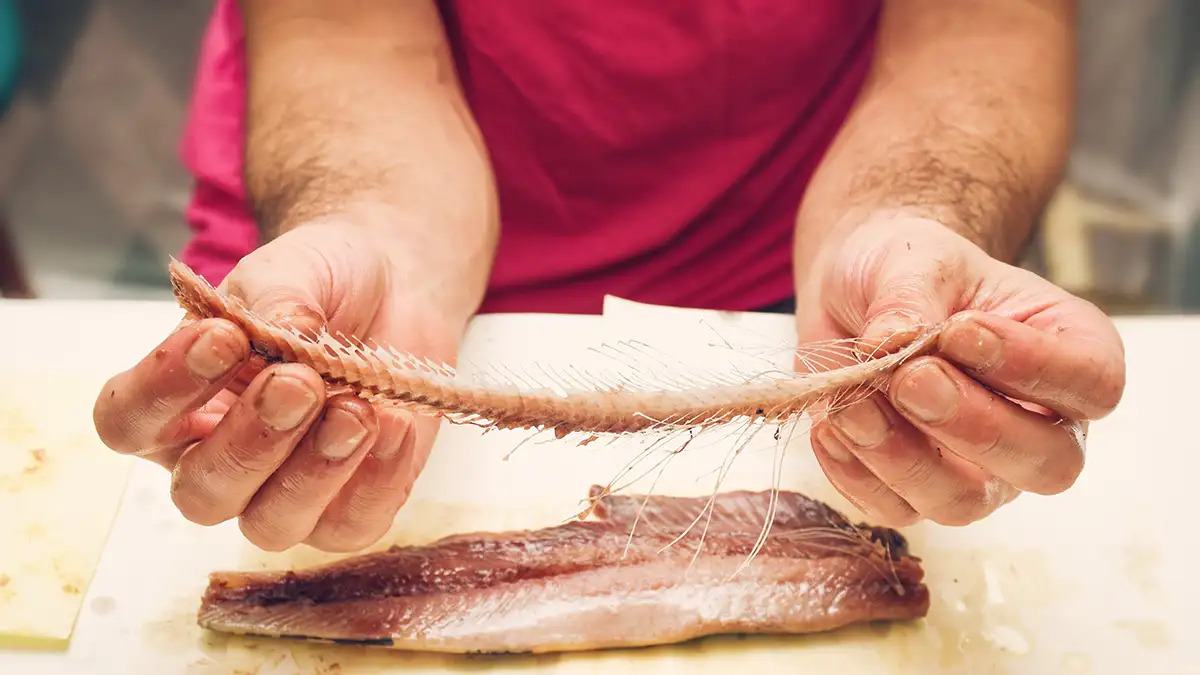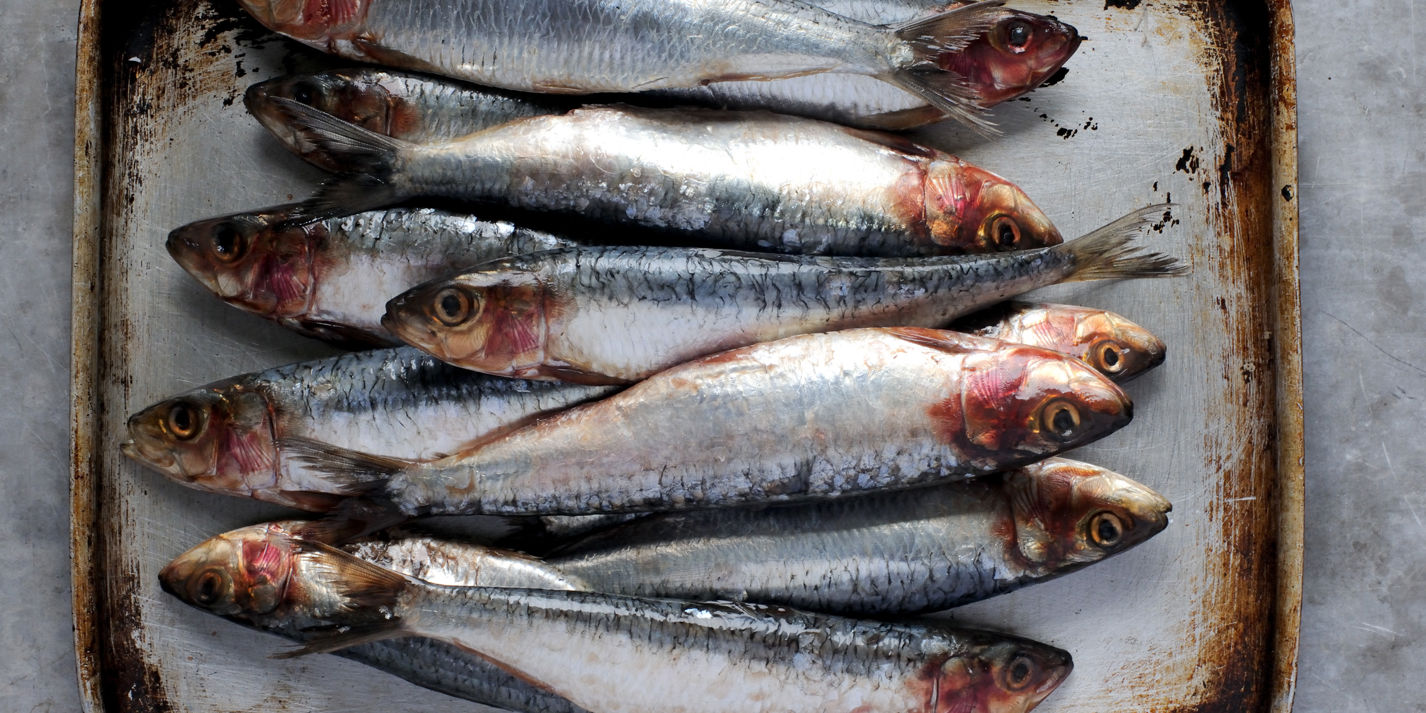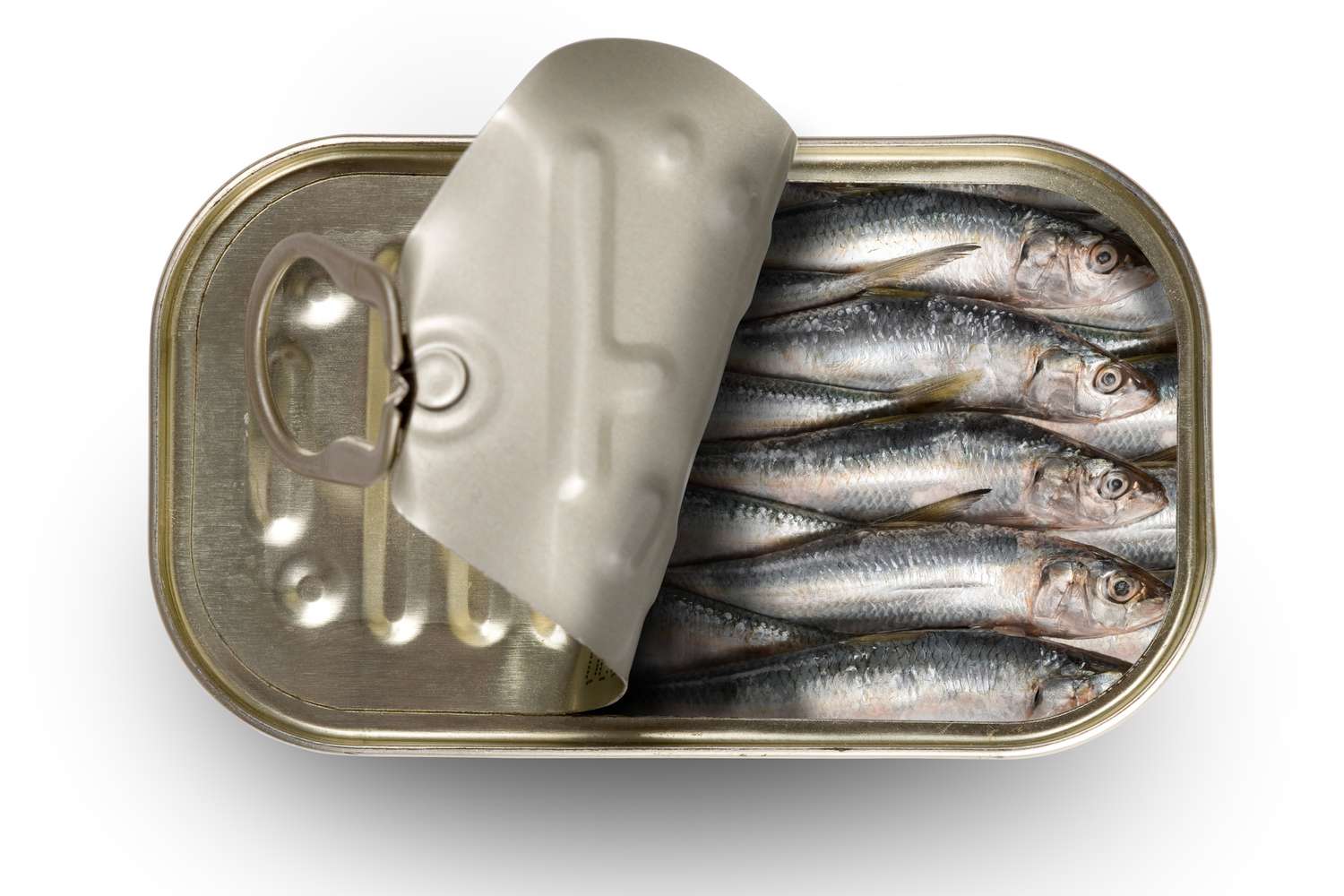Fresh sardines are a delicious and nutritious source of omega-3 fatty acids and protein. While many people may be hesitant to fillet their own sardines, it's actually quite simple and can be a rewarding experience. In this guide, we'll walk you through the steps to fillet fresh sardines at home.
What You’ll Need:
Before you begin, gather the following supplies:
- Fresh sardines
- Sharp fillet knife
- Cutting board
- Paper towels
- Bowl for discarding scraps
Step 1: Prepare the Sardines
Start by rinsing the fresh sardines under cold water and patting them dry with paper towels. This will remove any excess moisture and make the filleting process easier.
Step 2: Remove the Head
Place the sardine on the cutting board and use a sharp fillet knife to cut off the head. Discard the head in the bowl for scraps.
Step 3: Make the Initial Incision
Lay the sardine flat on the cutting board and make a shallow incision along the belly from the head to the tail. Be careful not to cut too deep, as you want to avoid puncturing the internal organs.
Step 4: Remove the Innards
Use your fingers or the tip of the fillet knife to gently remove the innards from the cavity of the sardine. Discard the innards in the bowl for scraps.
Step 5: Fillet the Sardine
With the sardine lying flat on the cutting board, carefully run the fillet knife along the backbone, separating the fillet from the bones. Repeat this process on the other side of the sardine to obtain two fillets.
Step 6: Remove the Bones
Inspect each fillet for any remaining bones and use the tip of the fillet knife to carefully remove them. Run your fingers along the fillet to detect any small bones that may have been missed.
Step 7: Rinse and Dry the Fillets
Once the fillets are bone-free, rinse them under cold water and pat them dry with paper towels. Your fresh sardine fillets are now ready to be cooked or used in your favorite recipes.
Conclusion
Filleting fresh sardines at home is a simple process that allows you to enjoy the freshest and most flavorful fish possible. With a sharp fillet knife and a bit of practice, you can quickly and easily prepare sardine fillets for grilling, frying, or adding to pasta dishes. So, next time you come across fresh sardines at the market, don’t hesitate to bring them home and try your hand at filleting them yourself!











